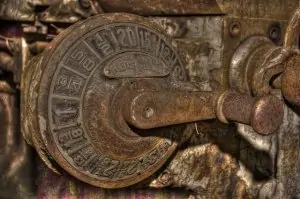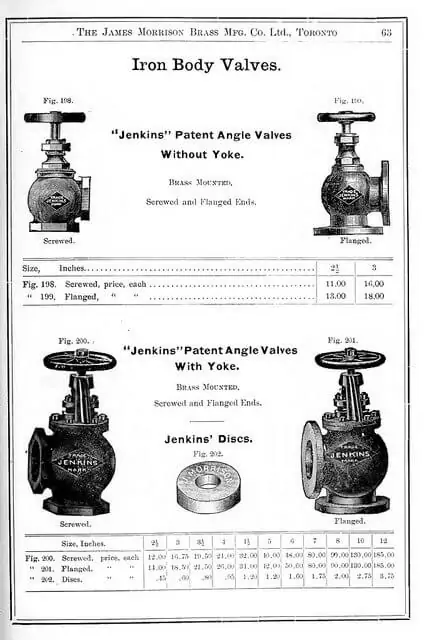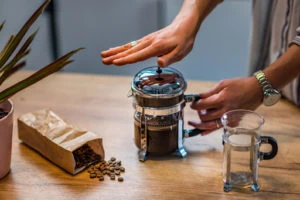
Cast Iron will last pretty much forever. You can use it on the stove top, in the oven, on your grill, and even right into the coals of a campfire. And that’s just cast iron for cooking. There are tons of cast iron tools out there, some relatively new and some really old.
Maybe you found great cast iron andirons at an antique shop… Or you snagged some turn of the century cast iron pliers at a rummage sale… Perhaps you’ve reached into the depths of your own garage and rediscovered an old cast iron trivet (link to Amazon).
And maybe those new/old treasures are rusty.
So how do you get the rust off of those cast-iron tools? Just follow the steps below and restore your cast iron finds to their former glory.
These are the basic steps. We’ll go into each one in detail in a moment.
Rust Removal Steps
- Use lukewarm water on the tools to remove any excess grit (when doing this, some of the rust may already begin to come off)
- Use steel wool, or a stiff brush (or both) to help chip off any more rust
- Wash the tools with soap and warm water
- Repeat scrubbing with steel wool.
- Wash again
- DRY
- Wipe with oil
This is a quick and easy way to clean the rust off of cast iron tools. However, it is important that you perform the steps correctly. So let’s take a closer look at these steps, why we perform them and what to watch out for a while performing them.
Here’s a chainmail cast iron scrubber at Amazon that won’t rust.
Step 1 – rinse
A very simple step, this is done so that we can loosen up any dirt or grime. Some of the rust may come off as well. When running it underwater (or spraying it with water if the tool is too large for your sink) use an old rag to wipe off any grime.
The only way to make tortillas
is with this cast iron tortilla press at Amazon.
Step 2 – scour
Use steel wool or a stiff brush (Amazon) to get the tough rust spots off of the tools. Because it is cast iron, you don’t need to worry about scratching the surface. It is made to take a beating.
Step 3 – wash
Wash your tools in lukewarm water with a mild soap. This will remove any filaments as well as the rust.
This soap and oil from Amazon is specifically made for cast iron.
Step 4 – scrub again
It seems like the first try never removes all the rust. You almost always have to do it again. Once you’ve washed the tools, you’ll be able to see where the rust remains. Go at it again with your steel wool and brush.
Step 5 – wash again
Once again, wash away the rust and iron filaments or any bits of steel wool that remain on the tools.
Step 6 – DRY
Why is this step so important? Any moisture left on cast iron will rust. Quickly. To avoid having to do this whole process over (and over) again, make sure your tools are very, very dry. Putting your tools in the oven on low is a good idea for tools that have hard to reach nooks.
Step 7 – oil
Once your tools are good and dry, use a dry cloth to rub oil (olive oil works well) on the tools. This will restore their black luster and prevent future rusting.

Learn everything you’ve ever wanted to know about cast iron cooking in these posts.
Preventative Maintenance
In order to make sure that you do not have to put in the amount of work it takes to scrub off the rust from your tools, you can periodically wipe them clean and add another coat of oil.
You might like this post about cast iron maintenance.
One thing to remember is never expose cast iron to moisture without immediately drying it. Don’t store your cast iron tools in a place where they could get wet. Also, when cleaning your cast iron tools, don’t run them under hot water, the heat will open up the pores of the cast iron and water will get inside causing it to rust.
Take a look at this cast iron cookbook at Amazon.
Wrap – Up
The beautiful thing about cast iron is its durability. That’s why people still have anvils and pliers and trivets from the 19th century and before. The not-so-beautiful thing about cast iron is its tendency to rust.
Now with the steps above, you can take that old rusty hunk of cast iron from a dusty corner of a thrift store and restore the tool to a beautiful luster, worthy of display.
Now read this: a post about the history of Griswold Cast Iron.




